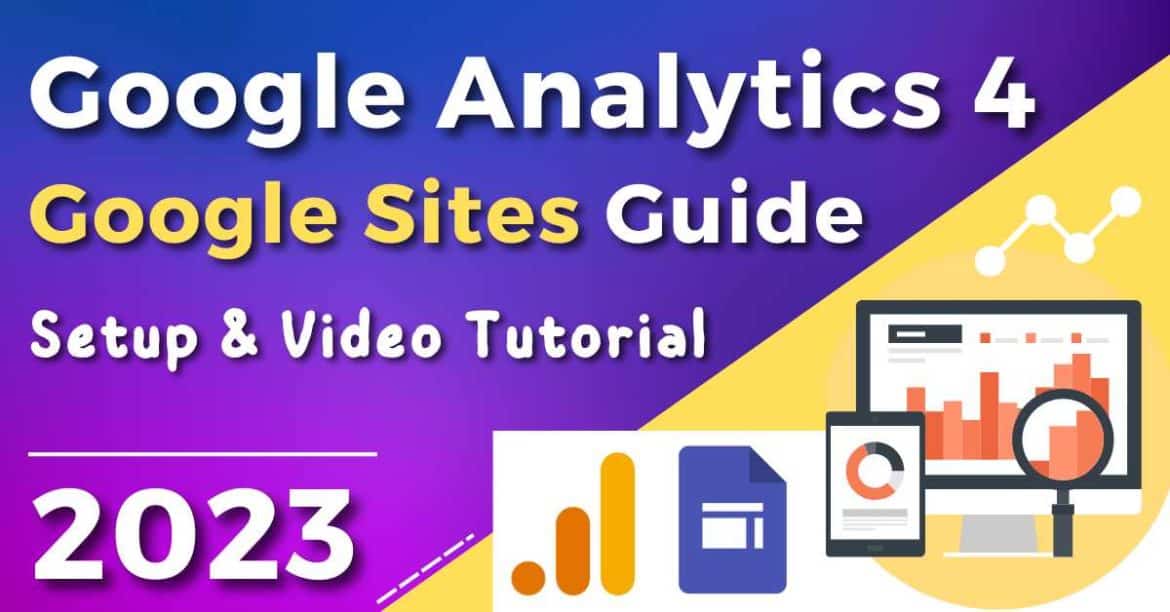Google Analytics 4 (GA4) has arrived! With the
Well, it’s actually been around and ready to use for a few years now, but as soon as July 1st 2023 comes around data will no longer be collected from the older version of Google Analytics (Univeral Analytics).
You might even be reading this post after the 1st of July 2023, so let’s quickly set up or shift over to the new version ASAP!
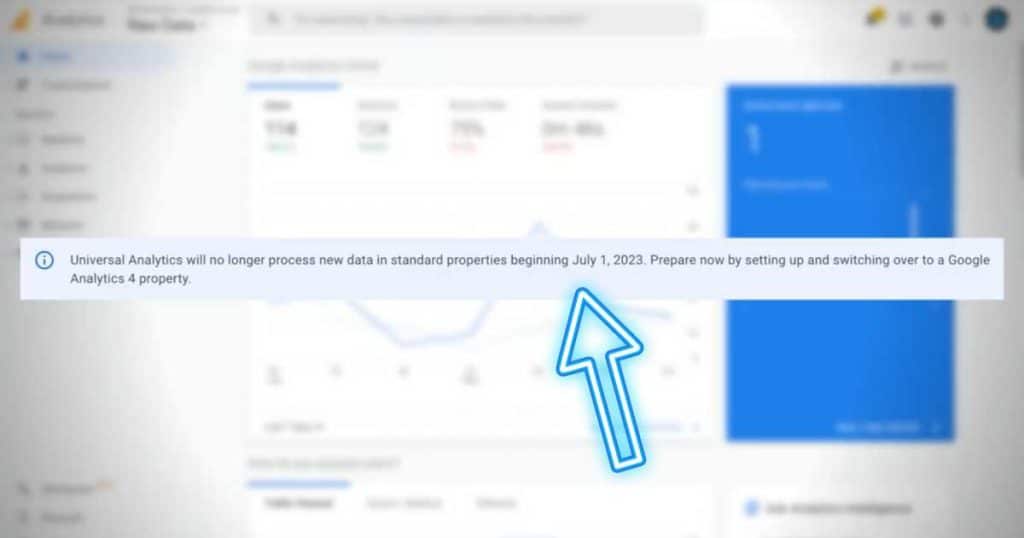
Therefore it is vital that your Google Site is now leveraging Google Analytics 4 and today my focus is to show you exactly how to shift away from the old Universal Analytics over to the new Google Analytics 4.
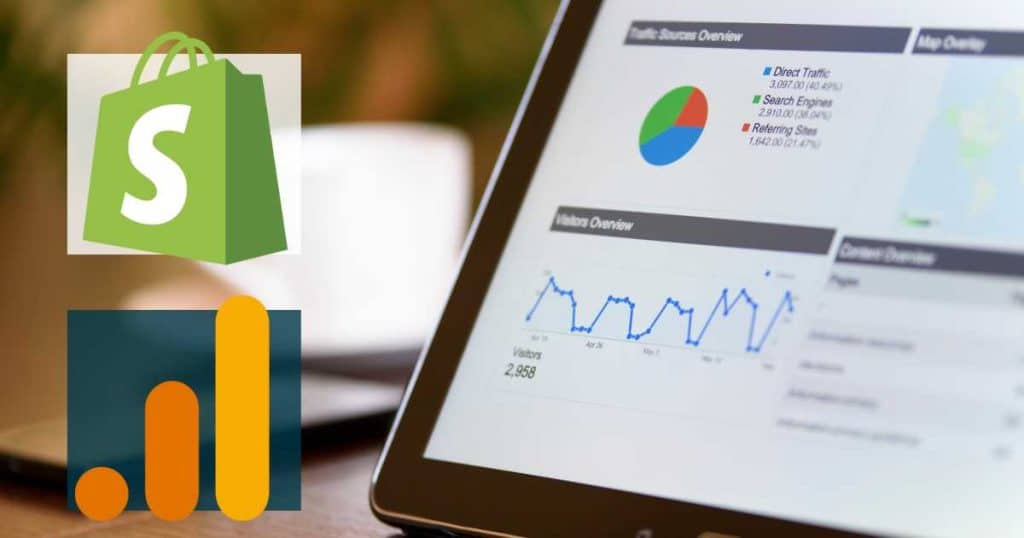
Also, I will show you how to setup and create a new Google Analytics 4 account and property if you currently don’t have one.
Again, for those that already use the older version of Google Analytics, I will share how to simply shift over to Google Analytics 4 in just a few minutes.
So, if you run a Google Site then this step-by-step post is for you. Ready? Let’s dive right in!
What is Google Analytics 4? (Simple Breakdown)
Google Analytics 4 (GA4) is a free analytics tool offered by Google. This analytics platform simply connects to your only asset (website or app) and will help you understand, analyze, monitor and track your online performance.
Google Analytics is essential for any business that is serious about dominating online.

The primary distinction between the older version of Google Analytics and GA4 lies in their data model focus.
GA4 places greater emphasis on the entire lifecycle of your customers.
This allows you to monitor and evaluate the interactions of visitors on your website, as well as the steps they undertake to become a customer.
As you can see it is super important to have Google Analytics on your website.
Read more: How To Add Google Analytics To Google Sites
Do Google Sites Support Google Analytics 4?
Yes Google Sites does support Google Analytics 4 and the great news is, is it’s incredibly easy to set up with your Google Site.
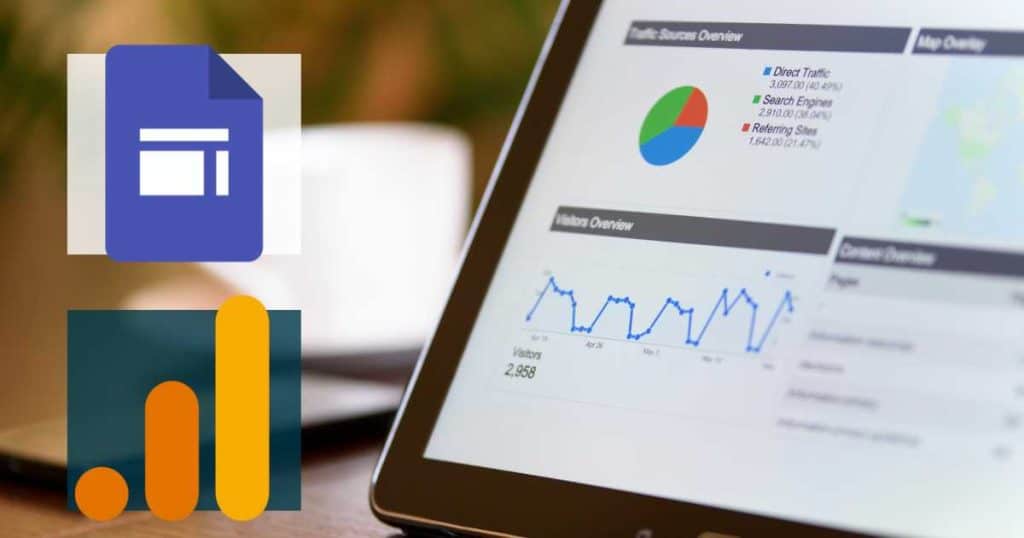
Also, you can use a custom domain or a free Google Sites domain.
Google Analytics 4 Google Sites Integration (New Method)
Now the process for connecting Google Sites to your website is slightly different depending on the type of domain that you use. However, in this post i’m going to focus on the process for those that run a Google Site.
Okay so how can we do this? Let me show you.
Setup Google Analytics 4 (Non tech savvy)
First, we you need to navigate through the process of create your Google Analytics account and property if you have never used Google Analytics before.
If you already have the older version of Google Analytics connect to your Google Sites website then you can skip down to the next section (Shift over to Google Anlytics 4).
Okay, all you need to do is follow these next steps to set up your new Google Anlaytics 4 account and property.
Step 1: Create a new Google Analytics account. Jump over to analytics.google.com and get started. All you need is a Google Account, this could be a free or paid Google account.
Step 2: Set up your Google Anlaytics account. Begin by choosing an account name, which could be your business name or another name like “Stewart Gauld’s Accounts” if you plan to manage multiple websites under this one account (this could be your agency name for example).
If you happen to have a Google Analytics account for another website. Then just click on Admin (down on the left) inside your dashboard or home and then select Create Account or Create Property.
Baked on if you want another different account or if you just want to create another property inside your existing account.
Step 3: Create new property. Add the property name and the reporting time zone and then select your primary website currency that you want to report in.
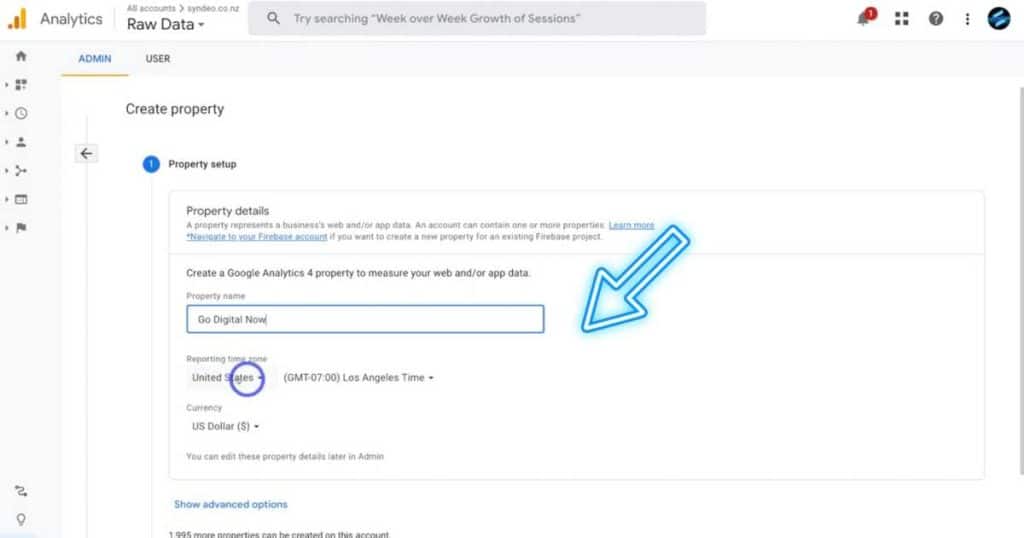
Step 4: Add your business info. Here you ned to add your business details like, industry type, business size and select the goals your want to use Google Analytics to achieve (or you can skip this, don’t worry about what you pick).
Following this just agree to Google Analytics’ terms of service.
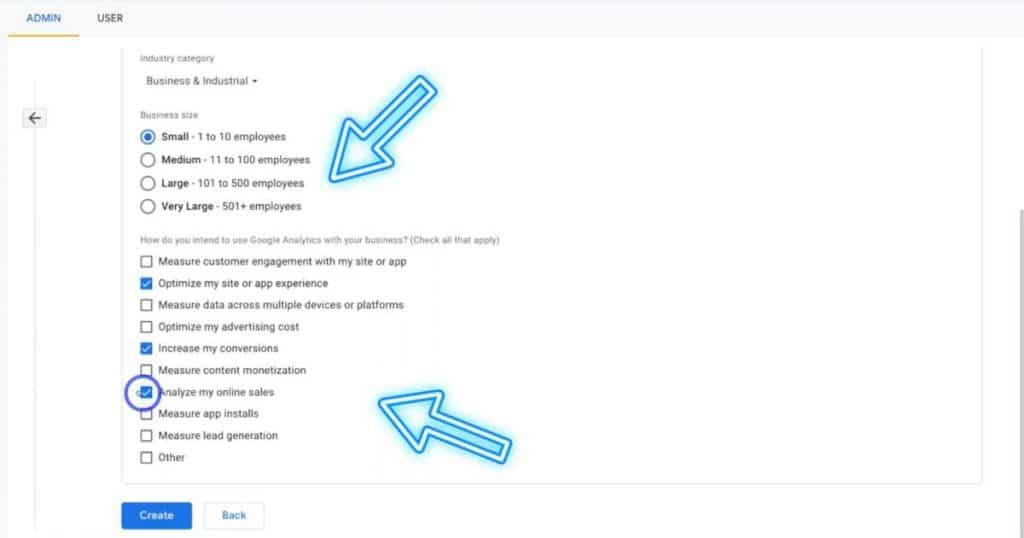
Step 5: Select the right platform. Because we have a Google site we want to choose web.
Step 6: Add your Google Site URL and website name. The URL should be in this format, www.yourwebsite.com. Here is an example of what I would use, www.stewartgauld.com if I was to connect GA4 to this website.
However, if your using a free Google site domain name then your URL will look like this: sites.google.com/view/businessname
Next to this just name your stream.
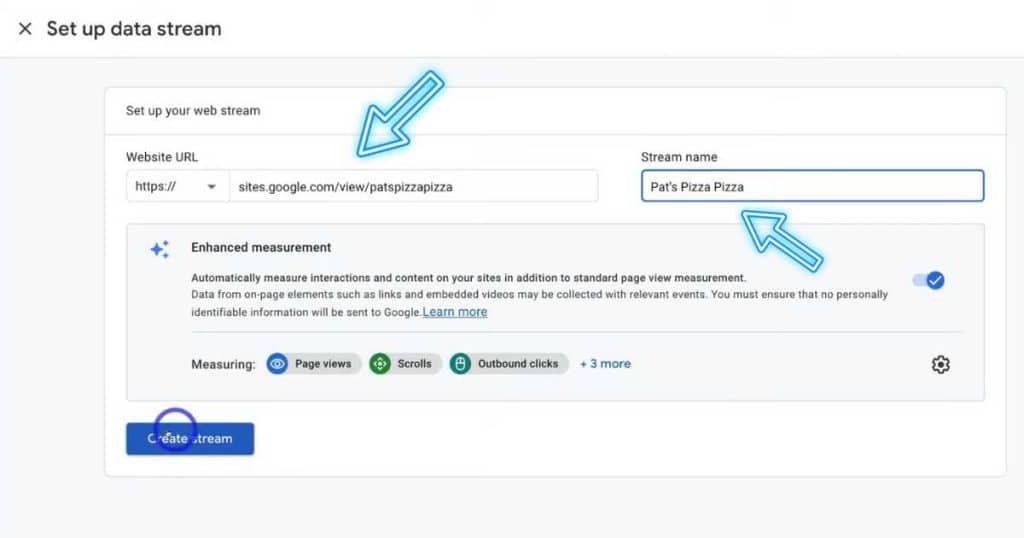
Then hit connect stream! And congratulation you have completed the setup of your Google Analytics 4 account, property and data stream.
Now, let’s connect it to our Google Site! Head down to the section – Set up Google Analytics 4 with Google Sites (Beginners Guide)
Read more: Install Google Analytics 4 On WordPress
Shift over to Google Analytics 4
Okay, so this section is for those that already have Univeral Analytics installed want want to SHIFT over to the new Google Analytics 4.
This means you can continue collecting data from from the old version of Google Analytics until the 1st of July 2023.
So, lets get into it!
Step 1: Select the right account. Inside your Google Analytics account, locate to Admin (botttem left).
Step 2: Choose GA4 Setup Assistant. Click on Get Started, then locate I want to create a new Google Analytics 4 property. Click on the GA4 property that you just created.
Step 3: Navigate over to the new Google Analytics Data Stream. To do this, jump over to your home dashboard and select Admin again.
Step 4: Select your new Data Stream. That will take you to your new data stream.
Okay, so now we can simply connect this new Google Analytics 4 data stream to your Google Site.
Read more : How To Switch To New Google Analytics
Setup Google Analytics 4 with Google Sites (Beginners Guide)
Step 1: Follow the process we mentioned under the title up above (Setup Google Analytics 4. Then under the Measurement ID code this ID.
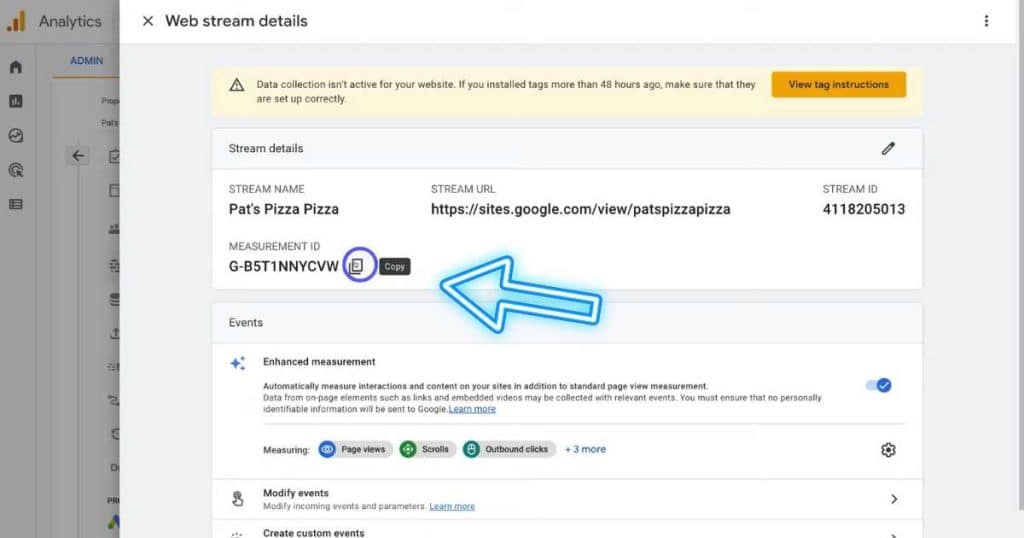
Step 2: Head over to Google Sites. Once you are inside your Google Sites website, navigate over to settings and click on Analytics.
Step 3: Google Analytics tracking or Measurement ID. Under here we want to paste in the Measurement ID that we copied in step 1. Then hit save.
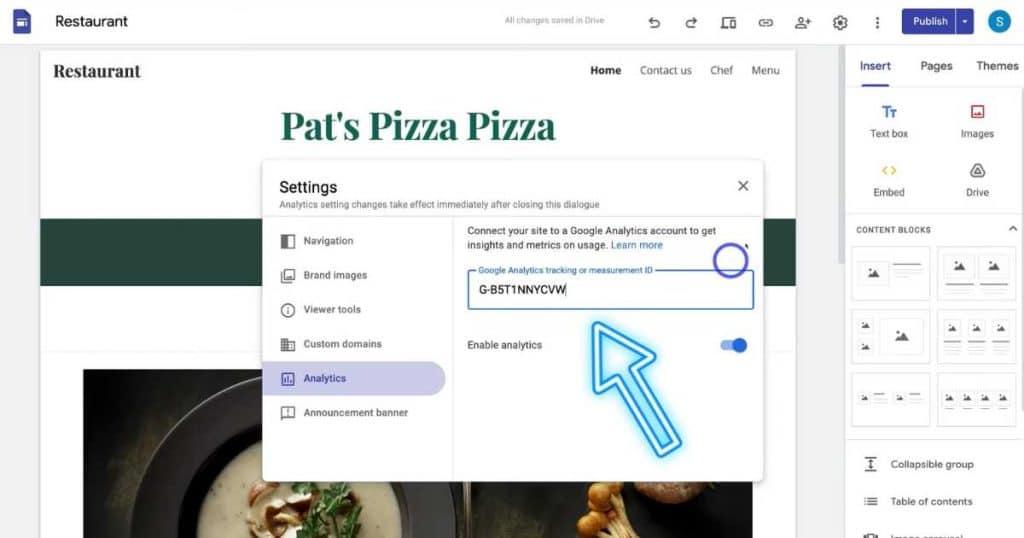
And congratulations just like that you have connected Google Analytics 4 with your Google Sites.
Read more: How to connect GA4 with WordPress.
If you want to watch the video tutorial on how you can do this, I will add that down below.
How to use Google Analytics 4 (Beginners Guide)
Okay so that is the simple step by step process of connecting your Google Sites website to Google Analytics for account. Now, how can we actually use Google Sites?
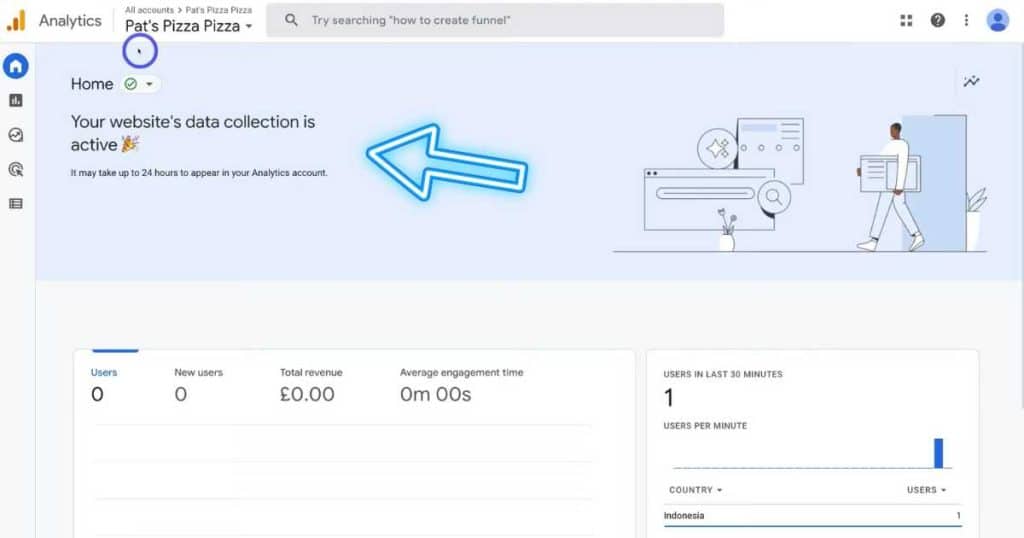
Next, you want to learn how to use Google Analytics 4 to identify, monitor and manage how your Google Sites website is performing.
To learn how, simply check out my complete Google Analytics 4 tutorial for beginners. This will help you get up and running with actually using your new Google Analytics property.
Important: I dive into much more detail in my eBook (Go Digital Now) if you are interested in investing just $19 dollars into this powerful all-in-one business resource.
Stew’s Final Thoughts
There we have it! That is how you can connect Google Analytics 4 to your Google site.
The primary focus of this video was to help you connect your Google sites website with Google Analytics 4 and then share how you can use this analytics platform.
The 1st of July 2023 is nearly here! So, make sure you move from Universal Analytics to Google Analytics 4.
Understanding the analytics of your website is vital!
Let me know if you found this tutorial/guide helpful by dropping a comment down below.
